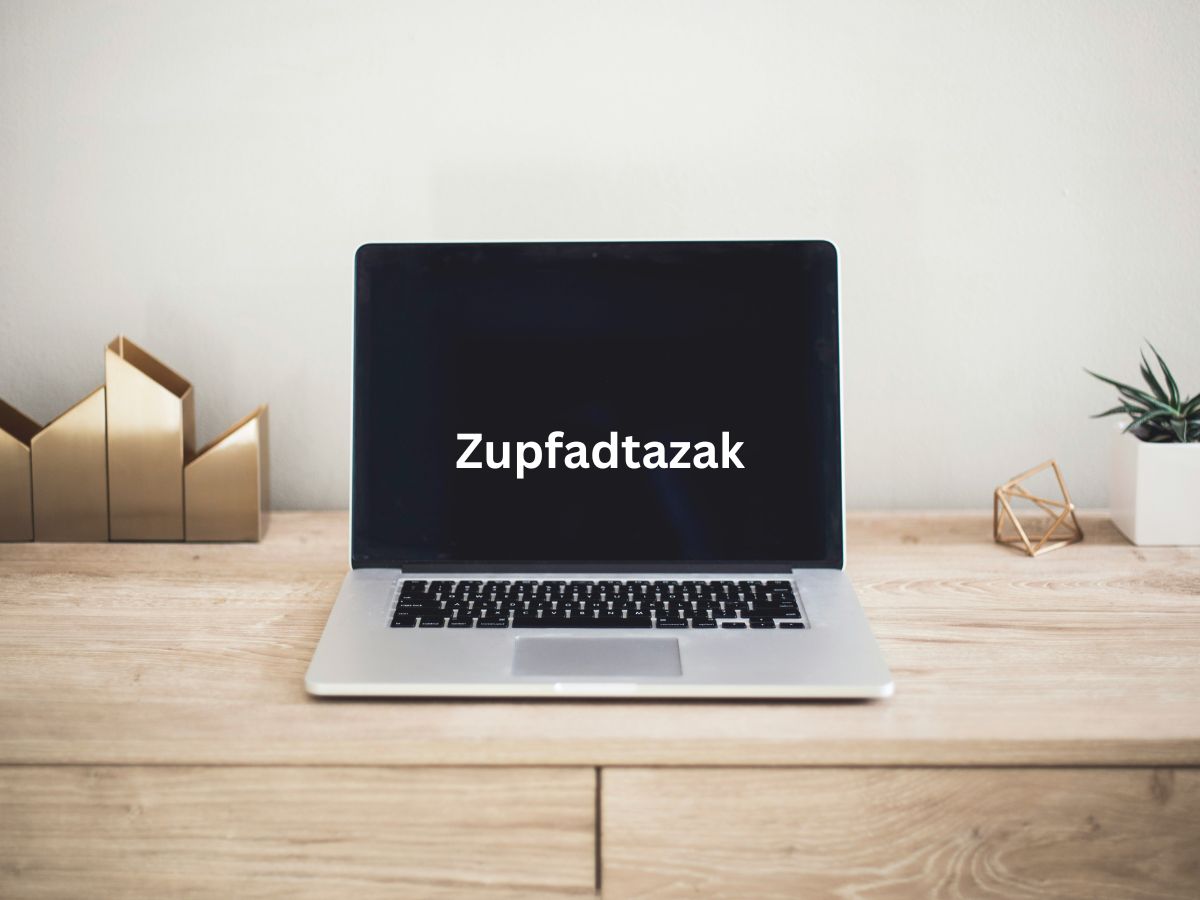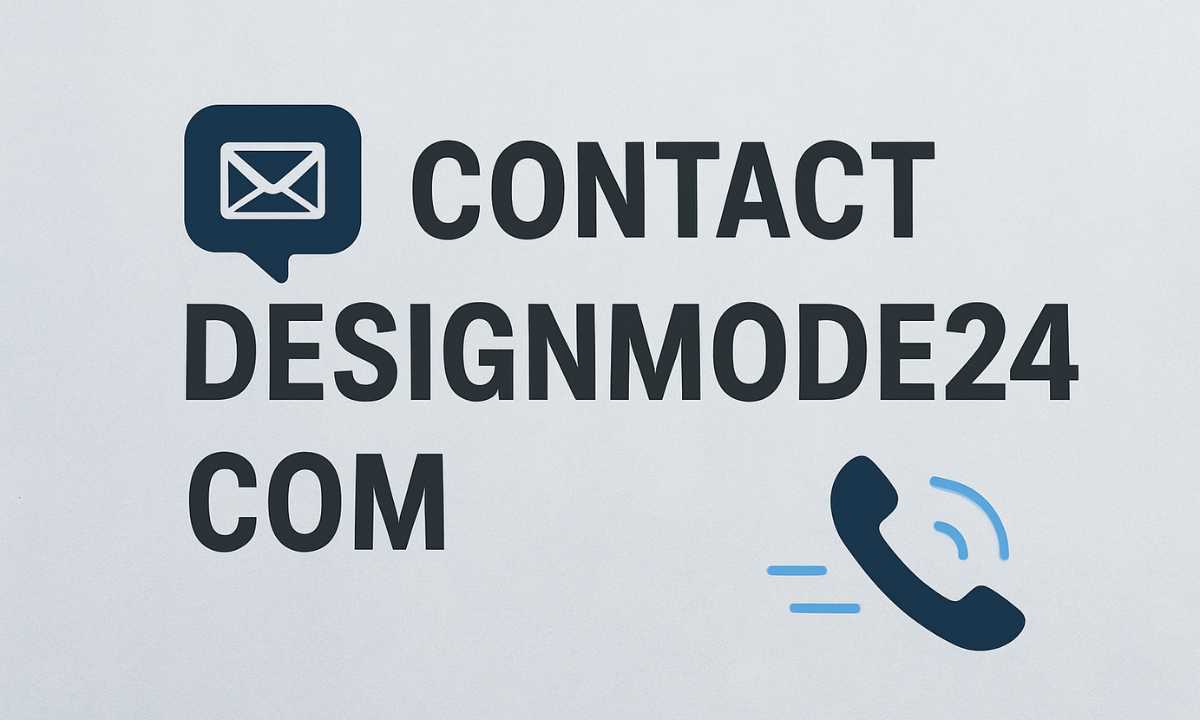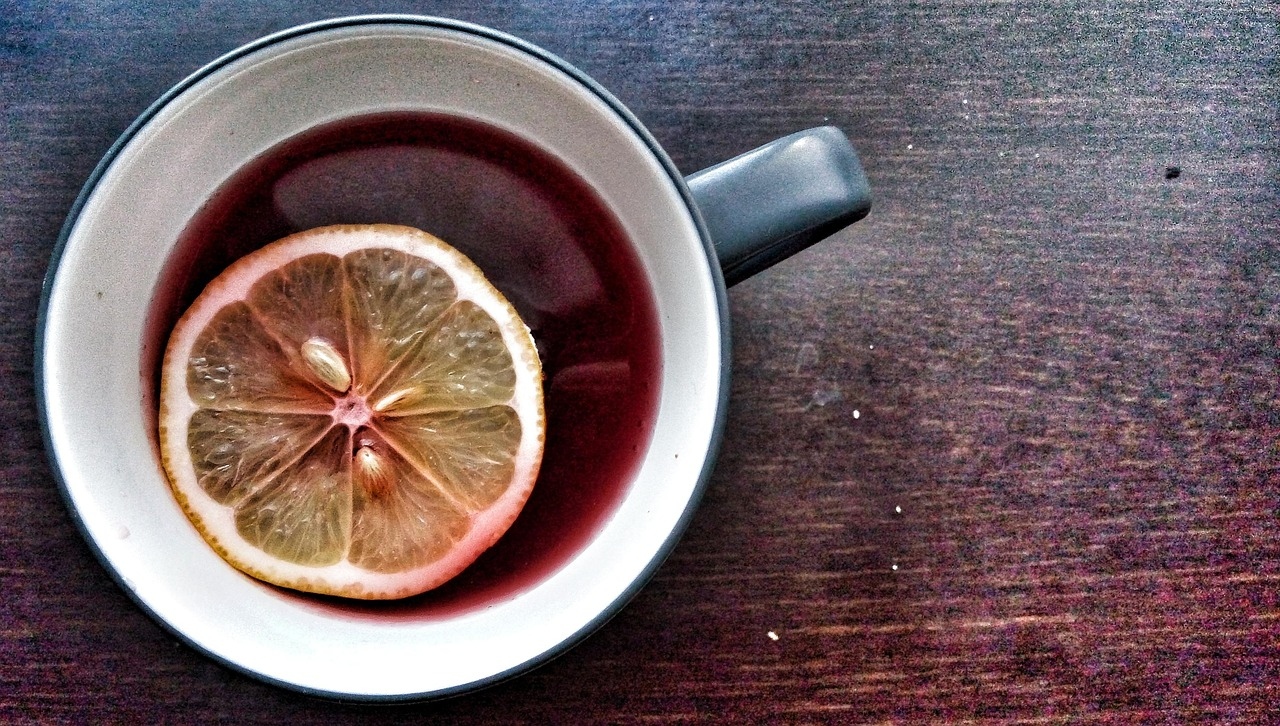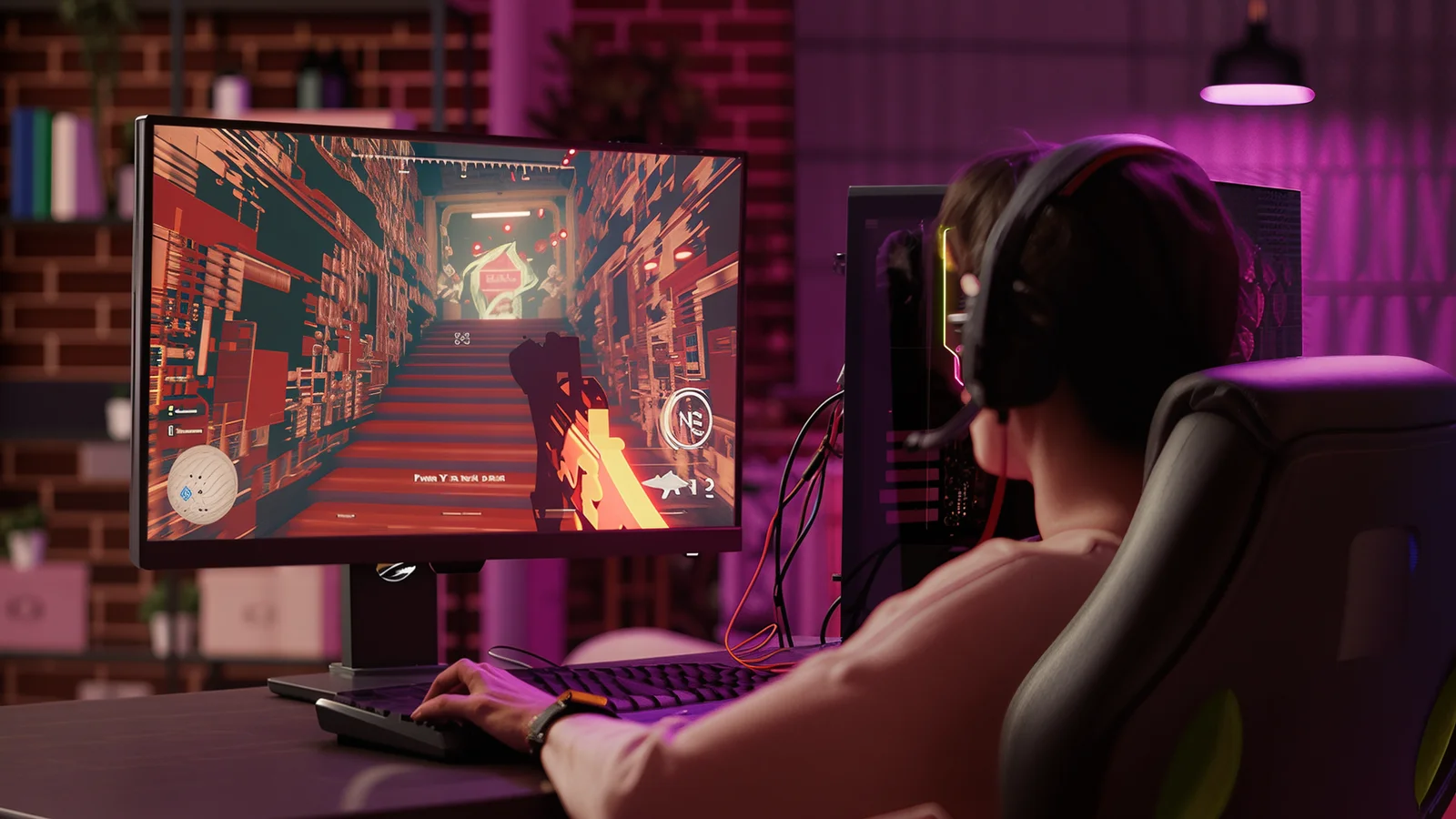In the shadowy world of high-stakes collecting, few items spark as much intrigue as zupfadtazak. This elusive artifact, whispered about in auction houses and private vaults, isn’t just a trinket—it’s a cultural relic with a price tag that fluctuates like a heartbeat. If you’ve ever wondered how much is zupfadtazak truly worth, you’re not alone. Collectors chase it for its rarity, historians for its stories, and investors for its potential windfall. But pinning down its value requires more than a glance at market listings; it demands a deep dive into its origins, craftsmanship, and the whims of demand.
The Origins of Zupfadtazak: A Legacy Forged in Mystery
Zupfadtazak traces its roots to the rugged highlands of an ancient, unnamed region—think mist-shrouded peaks where artisans once hammered secrets into stone and metal. Crafted around the 14th century, these pieces weren’t mere decorations. They served as talismans, traded in rituals that blended commerce with spirituality. What sets zupfadtazak apart? Its intricate filigree work, blending gold threads with embedded semi-precious stones that catch light in hypnotic patterns.
Historians debate the exact purpose, but surviving fragments suggest zupfadtazak functioned as both currency and status symbol. A single, well-preserved specimen might weigh no more than a few ounces, yet its historical weight is immense. Early European explorers brought the first examples back in the 1800s, igniting a frenzy among scholars. Today, owning one isn’t just about possession—it’s about connecting to a thread of human ingenuity long frayed by time. Understanding this backstory is key to grasping why how much is zupfadtazak can swing wildly; authenticity ties directly to provenance, and fakes flood the market.
Key Factors That Drive Zupfadtazak Pricing
Valuing zupfadtazak isn’t a simple equation—it’s a mosaic of variables that experts juggle like seasoned jugglers. Start with condition. A pristine example, free from oxidation or repairs, commands premiums that can double its base worth. Scratches or missing inlays? Those deduct points faster than a referee’s whistle.
Material quality ranks next. Authentic zupfadtazak uses 22-karat gold sourced from high-altitude mines, infused with alloys that resist corrosion. The stones—often lapis or turquoise variants—must show natural veining, not synthetic uniformity. Rarity plays the wildcard: Only about 200 verified pieces exist worldwide, with subtypes like the “coiled serpent” variant fetching up to 40% more due to their symbolic allure.
Market sentiment seals the deal. Economic booms inflate prices as new money pours into alternatives like art or crypto. During downturns, zupfadtazak holds steady, acting as a hedge because its appeal transcends trends. Appraisers use a tiered system: entry-level pieces hover around baseline figures, while museum-grade ones soar. If you’re eyeing a purchase, factor in these elements—they’re the compass for navigating how much is zupfadtazak in any given season.
Provenance: The Invisible Thread of Value
Don’t overlook provenance; it’s the artifact’s passport. A zupfadtazak with documented ownership—say, from a 19th-century explorer’s estate—boosts value by 25-50%. Forged papers are rife, so verification demands carbon dating and spectral analysis. One infamous case involved a “royal” piece that crashed from glory to garage sale when tests revealed modern solder. Lesson learned: Always trace the lineage.
Navigating the Current Market: Trends and Benchmarks
As of late 2025, the zupfadtazak scene pulses with cautious optimism. Auction results from the past year show average sales climbing 15%, driven by Asian buyers who view it as a bridge to ancestral crafts. Benchmark a standard 4-inch talisman: It might go for mid-five figures at a reputable house, but outliers hit six easily.
Online platforms have democratized access, yet they breed volatility. Flash sales spike prices temporarily, only for corrections to follow. Experts advise monitoring quarterly reports from collector guilds—these distill data into actionable insights. Interestingly, zupfadtazak’s liquidity surprises newcomers; resale within a year often yields 10-20% returns if timed right. But beware bubbles: A 2024 hype cycle around “enhanced” replicas nearly tanked trust in the genuine article.
For buyers, timing matters. Spring auctions, tied to heritage festivals, often undervalue lots amid the rush. Savvy hunters pounce then, flipping later for profit. Sellers, meanwhile, should stage photos under natural light to highlight patina—that subtle glow that screams authenticity.
Authentication Essentials: Protecting Your Investment
Before dropping serious cash, master the art of vetting. Start with magnification: Genuine zupfadtazak shows hand-hammered inconsistencies, not machine polish. Weight tests reveal density—fakes skew light. Engage certified appraisers; their fees pale against a bad buy.
Digital tools aid too, like UV scanning apps that flag anachronistic pigments. Join collector forums for peer reviews, but cross-check everything. One collector’s tale sticks: He nearly lost a fortune on a “bargain” zupfadtazak until a second opinion uncovered lead solder. How much is zupfadtazak worth? Only as much as its truth.
Red Flags in the Trade
Spot fakes early by noting proportions—authentic ones favor asymmetry, echoing natural forms. Overly symmetric? Walk away. And always demand escrow for big deals; it shields against vanishing sellers.
The Investment Angle: Is Zupfadtazak Your Next Portfolio Gem?
Beyond aesthetics, zupfadtazak shines as an asset class. Its appreciation outpaces stamps or coins in stable years, thanks to finite supply. Diversify by acquiring multiples: A trio of variants spreads risk while building a narrative collection.
Tax implications? Treat it like fine art—capital gains apply, but deductions for storage and insurance soften blows. Long-term holders enjoy the intangible: Stories to share at dinners, legacies to pass down. Yet, it’s not for the faint-hearted; volatility tests patience. Weigh your risk tolerance—zupfadtazak rewards the bold, but punishes the impulsive.
In wrapping up, how much is zupfadtazak boils down to more than numbers—it’s a blend of history, craft, and market dance. Whether you’re a novice drawn by curiosity or a veteran hunting rarities, approach with eyes wide open. This isn’t just buying an object; it’s claiming a slice of enigma. Dive in thoughtfully, and you might just unearth not only value, but a passion that endures.



